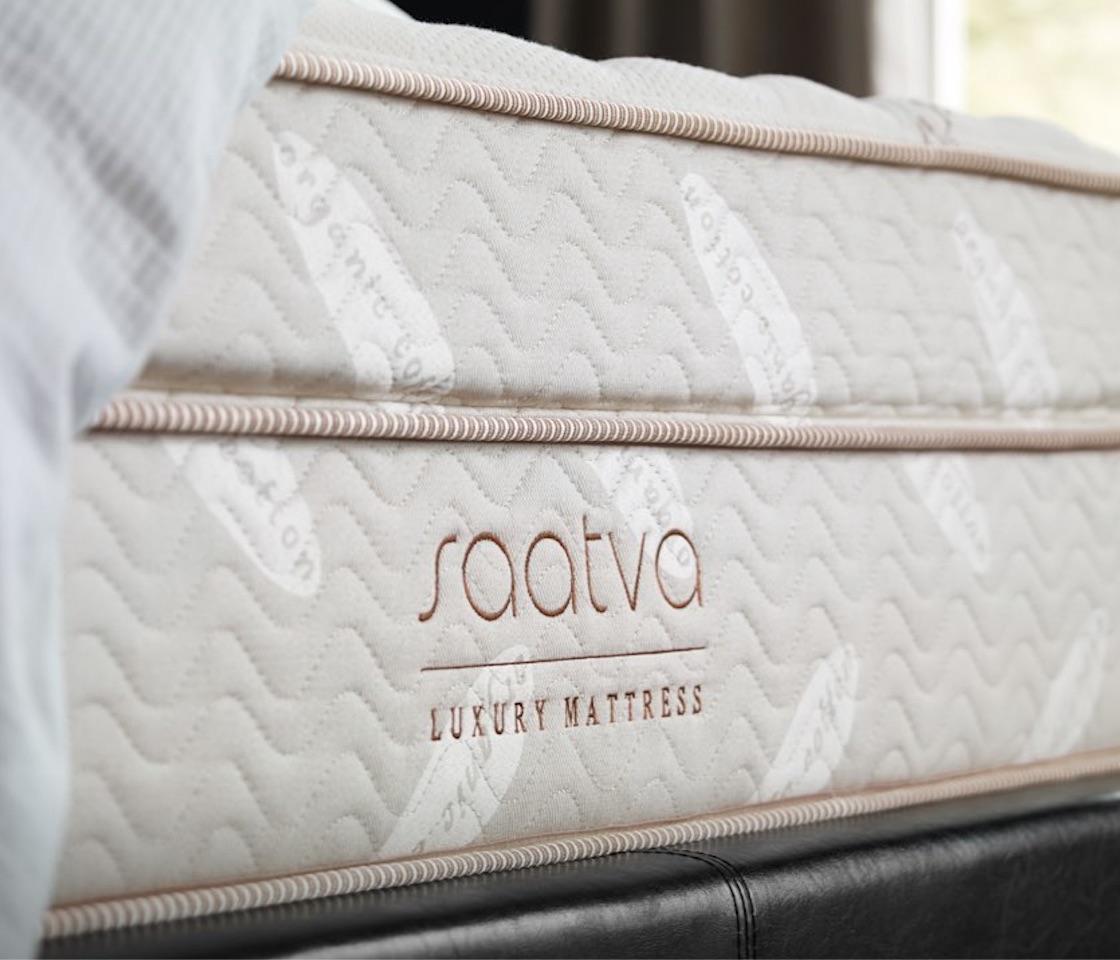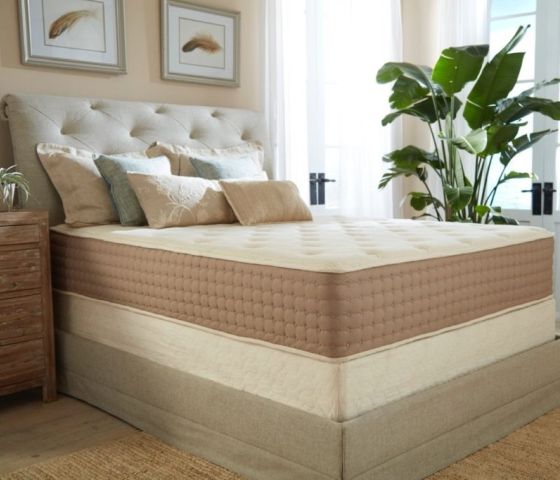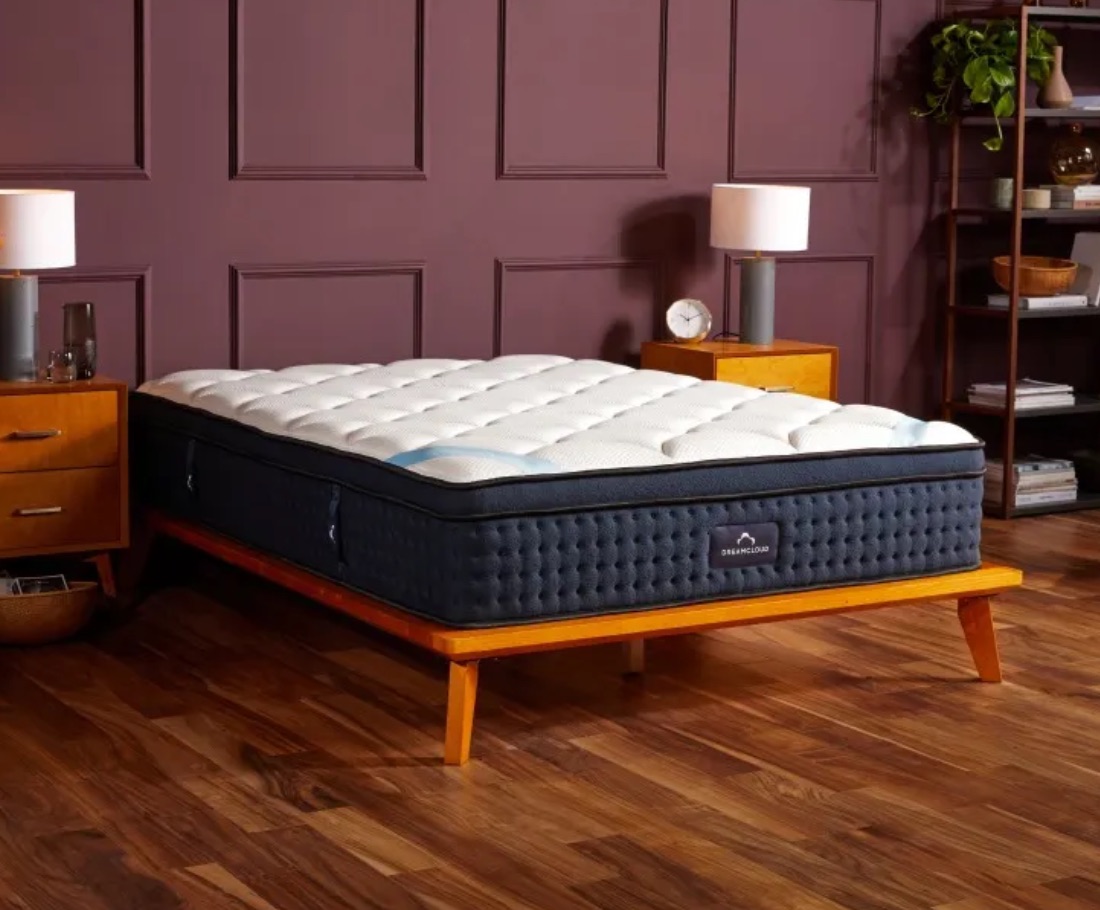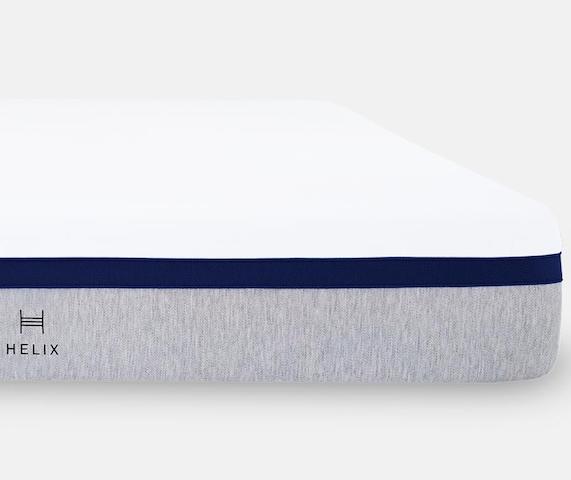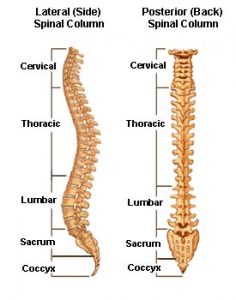Which Mattresses Are Best for Back Pain?
The best mattress for back pain depends entirely on you, the sleeper. Your body weight and sleep position play a major role in determining which mattresses feel comfortable. Whether your back pain is chronic or sporadic, choosing the right mattress can help ensure you sleep comfortably without added soreness or stiffness when you get up in the morning.
Important qualities to look for in a mattress for back pain and pressure relief include:
- Contouring: A mattress that contours evenly to the body distributes weight and relieves pressure in areas along the spine. Beds that contour too closely will likely sink to an excessive degree, so your weight is a factor for pinpointing the optimal contouring level.
- Support: Just as a mattress should contour closely enough to improve alignment and reduce pain along the spine, it also needs to maintain an even plane for the body without sinking beneath heavier areas. Some mattresses offer zoned support, meaning areas of the mattress that bear more weight feel firmer and won’t sink as much.
- Durability: As mattress materials deteriorate, the sleep surface becomes less stable and is more likely to sink beneath heavier areas of the body. Mattresses with long-lasting materials like high-density foam, latex, or steel coils tend to perform longer than those with less durable components.
- Ease of Movement: If a mattress is too soft, you may sink too much when getting in and out of bed or changing sleep positions. Those with back pain may experience added discomfort as they struggle to move on their mattress.
- Edge Support: A mattress with a stable perimeter allows you to utilize the entire surface and prevents sinkage if you sleep close to the edges. Mattresses with coils generally excel at edge support.
Every mattress model sold today has a unique design, but most fall into one of five general categories based on their construction.
Foam Mattresses
Foam mattresses are constructed with top layers of memory foam or adaptive polyfoam. Both of these materials are designed to contour evenly and distribute your weight, resulting in a cradling sensation many people liken to sleeping “in” – rather than sleeping “on” – the mattress. The transitional and support layers are composed of denser foam to stabilize the mattress.
Many people with back pain find foam mattresses most comfortable because they hug the body and cushion high-pressure areas. This is especially true for side sleepers, as foam mattresses tend to be gentler on the shoulders and hips without sacrificing support. However, these mattresses won’t provide the same level of stability as a mattress with sturdier support materials such as coils or latex, so sinkage may be an issue for some people – especially back or stomach sleepers who weigh more than 230 pounds.
Average Price (Queen): $800 to $1,100
Hybrid Mattresses
Hybrid mattresses are constructed with thick comfort systems containing layers of foam, latex, or minicoils, followed by pocketed coils and dense base layers. These mattresses combine the robust coil support of a traditional innerspring with the close contouring and pressure relief of a foam or latex mattress. As a result, many people with back pain consider hybrids the best of both worlds.
The strengths of a hybrid model depend on its design. Foam hybrids tend to offer deeper conforming to cushion the body, promote even alignment, and reduce back pain for side sleepers. Most latex hybrids feel firmer and more supportive, so these models may be the best choice for back and stomach sleepers with back pain.
Average Price (Queen): $1,500 to $2,200
Latex Mattresses
Latex is produced using the sappy extract of rubber trees. Most all-latex mattresses feature at least one layer of softer, more adaptive latex near the surface and denser latex layers in the support core. Some latex models are designed with layers that can be swapped out to change the firmness and overall support level.
Compared to foam, latex does not contour as closely and feels bouncier on the surface. These qualities make latex mattresses a good alternative for people who sink too much and feel added back pain when using a foam bed. That said, latex may not provide enough cushioning for certain people with back pain, such as side sleepers.
Average Price (Queen): $1,600 to $2,200
Innerspring Mattresses
The oldest type of mattress still made today, a traditional innerspring is defined by thin layers of foam or fiber padding over a support core of steel coils. Innersprings don’t provide as much contouring or pressure relief as hybrids, which feature thicker comfort layers, but both mattress types are comparable in terms of overall support.
Since extra cushioning is often needed to alleviate aches and pains along the spine, innersprings are less than ideal for many people with back pain. Even softer models tend to have relatively thin comfort layers. However, those with back pain who weigh more than 230 pounds can benefit from enhanced coil support that minimizes sinkage around the midsection.
Average Price (Queen): $700 to $1,000
Airbed Mattresses
The most advanced of the five major mattress types, airbeds are outfitted with adjustable air chambers located throughout their support cores. Adding or releasing air from each chamber changes the firmness for different areas of the sleep surface. Many modern airbeds also feature comfort layers of cushioning materials like memory foam, adaptive polyfoam, or latex.
The ability to change the firmness on your side of the bed at the push of a button is a clear advantage for anyone with back pain, especially combination sleepers who frequently change positions. On airbeds with zoned chambers, you can customize the firmness level for different areas of the body. The only major downside to airbeds is the sticker price – on average, this is by far the most expensive mattress type.
Average Price (Queen): $2,400 to $3,000
What Is the Best Mattress Firmness for Back Pain?
Firmness refers to how closely a mattress contours to your body, as well as its overall support level. We measure firmness using a 10-point scale with 1 being as soft as possible and 10 being the firmest. Most mattresses sold today fall between 3, or “soft,” and 8, or “firm.” Those with back pain need a mattress that cushions sensitive areas without sinking too deeply, so finding the right firmness may take some trial and error.
The optimal firmness for any person with back pain largely depends on two factors, their body weight and preferred sleep position. The more you weigh, the deeper your body will sink into a mattress. It’s also important to note that back and stomach sleepers may need added support around the midsection, whereas side sleepers often require gentle cushioning for the shoulders and hips.
The following firmness recommendations are based on feedback from our in-house testing team. Keep in mind these recommendations are based on a general consensus, and may not apply to you.
Sleep Accessories for People with Back Pain
Your mattress isn’t the only component to consider when creating a sleep space that reduces back pain. Important sleep accessories for people with back pain include pillows, mattress toppers, and adjustable beds.
Pillows for Sleepers with Back Pain
Using the right pillow to support your head and neck can help ensure even alignment and less pressure along the spine. Side sleepers typically need thick pillows to promote good alignment – otherwise their heads tilt downward and they can experience shoulder pressure. Back sleepers can usually get by with mid-loft pillows that maintain an even surface. A thinner, lower-profile pillow is often best for stomach sleepers since too much elevation around the neck can compromise alignment, but some sleep comfortably without any pillow support.
You can also use the firmness of your mattress to find the right pillow. If your mattress is on the softer side, then you’ll likely sink more and a thick pillow may elevate the head too much. This is why low-loft pillows generally work better with softer mattresses. The firmer the mattress, the more loft you’ll need to promote good alignment. Your shoulder width may play a role in preferred pillow loft, as well.
Supplemental pillows are also effective for many people with back pain. Whether tucked between the knees or beneath the legs, the added cushioning can alleviate pressure in the lower back and hips. Side sleepers – pregnant people, in particular – can also reduce upper and lower back pain by snuggling with a body pillow.
Mattress Toppers for Sleepers with Back Pain
A mattress topper is a layer of cushioning material that rests between your body and the mattress surface. Most toppers measure between 1 and 4 inches thick. Common materials for toppers include memory foam, convoluted “egg crate” foam, latex, wool, and feathers.
The goal of using a topper is to make a mattress feel different. If your mattress feels too firm but you aren’t ready to buy a new model, then a softer topper can deliver extra cushioning and relief for back pain. Likewise, a firmer topper can stabilize a sleep surface that feels too soft.
Many mattresses become softer and less supportive as they age, which can cause or worsen back pain. A topper should be seen as a temporary fix for a mattress on its last leg. As the mattress nears the end of its lifespan, even a thick topper won’t provide adequate comfort. So while a topper can be useful in these situations, investing in a new mattress should be your ultimate goal.
Adjustable Beds Bases for Back Pain
Bed bases come in many different designs. Bare-bones metal frames and slatted platform beds are perfectly serviceable for most people, but those with back pain can benefit from using an adjustable bed base that elevates and lowers the head and feet. The “zero gravity” position, in which the head and legs are both elevated to simulate floating, has proven particularly popular among those with back pain. Some modern bases are also equipped with vibrating massage functions to reduce pain in the back and other areas of the body.
There are a few considerations to make when deciding whether to purchase an adjustable bed. One factor is cost, as adjustable beds can be fairly expensive. If you and your partner both live with back pain but have different sleep needs, then you may want to consider buying a mattress with a split size to use on the adjustable base. Split mattresses are divided down the middle, allowing each of you to adjust the head and feet angle without affecting the other person’s side of the bed.
